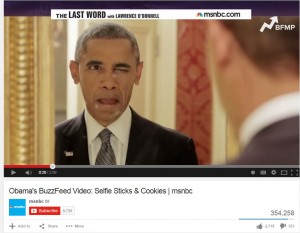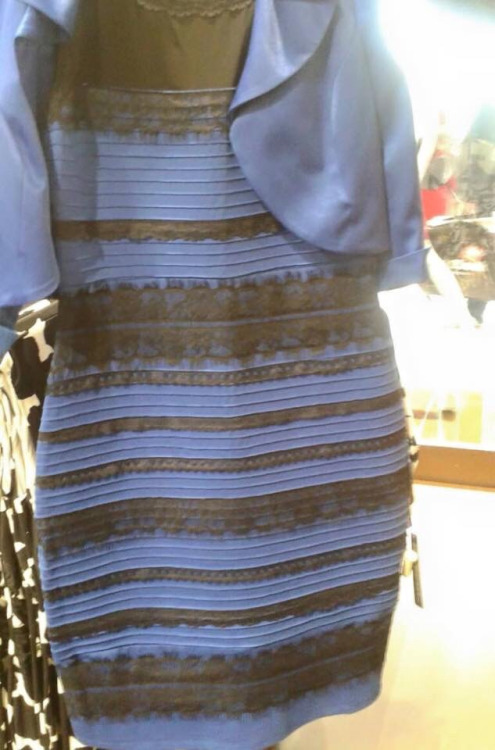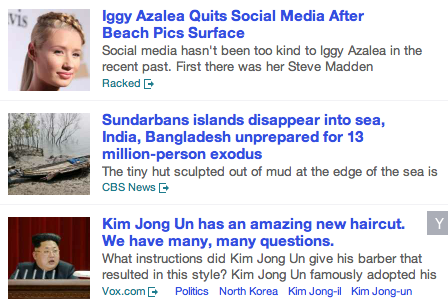By MADISON CRAMER
It’s one of my favorite times of the year in the sports world: March Madness. From the days filled with exciting games, one after another, to the upsets that shock the nation, there’s nothing better. But with this “madness” comes the need for fast-paced reporting.
Especially as the tournament kicks off and so many games are played in a row, quick, efficient reporting is essential. Much of the public wants to know the score, what happened, and who did what, all almost immediately. There’s no time to wait. In today’s world of social media, word spreads fast, and that’s what we’re used to. That need for immediate knowledge is what makes timeliness so essential today.
These days, it’s easy to find hundreds of articles about a game right as it ends. The public relies on and expects this, so journalists must deliver. The time crunch on journalists is surely stressful, but it’s necessary in such a fast-paced world, and especially during such a fast-paced event as March Madness.
So, while accuracy is obviously the most important component in reporting, timeliness follows soon after in importance, especially during this crazy month of college basketball.




 From then on,
From then on, 